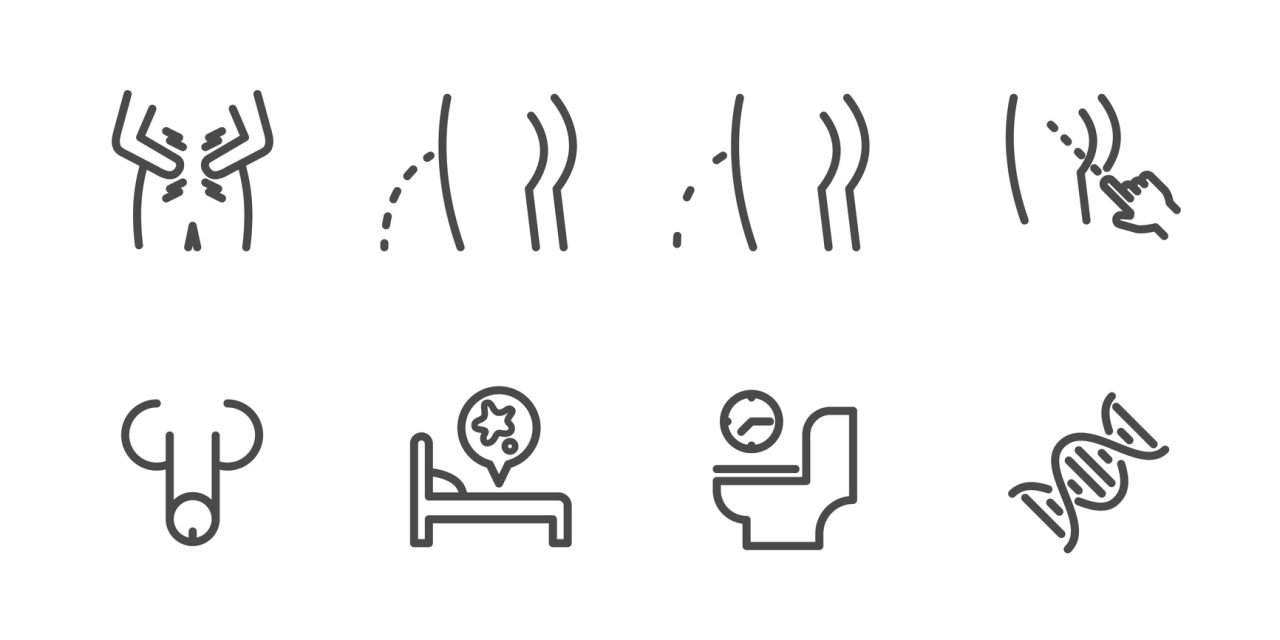In this study we planned a multidisciplinary Small Renal Mass Center to assist patients with choosing treatment choices and individualize treatment for little renal masses. In this model doctors and care staff from different fortes fill in as a group to assess and devise a treatment plan for patients at a similar coordinated visit. We reflectively looked into the records of 263 patients seen from 2009 to 2014. Observed patient attributes included age, Charlson comorbidity file, weight record, nephrometry score, tumor size and assessed glomerular filtration rate. Univariate and multivariate investigations were performed to recognize understanding attributes related with every treatment decision. Of the partner 88 patients chose dynamic observation, 64 went through removal and 111 were treated with a medical procedure, remembering halfway and revolutionary nephrectomy for 74 and 37, individually. There were huge relationships between treatment methodology and age, Charlson comorbidity list, tumor size and assessed glomerular filtration rate. Mean patient age at introduction was 61.1 years. Patients with a high Charlson comorbidity record score (more noteworthy than 5) or a diminished assessed glomerular filtration rate. The Small Renal Mass Center empowers patients to evaluate the different treatment modalities for a little renal mass in a solitary setting. By giving concurrent admittance to the different experts it gives a priceless chance to educate the patient dynamic.
Reference link- https://www.sciencedirect.com/science/article/abs/pii/S235207791630036X


